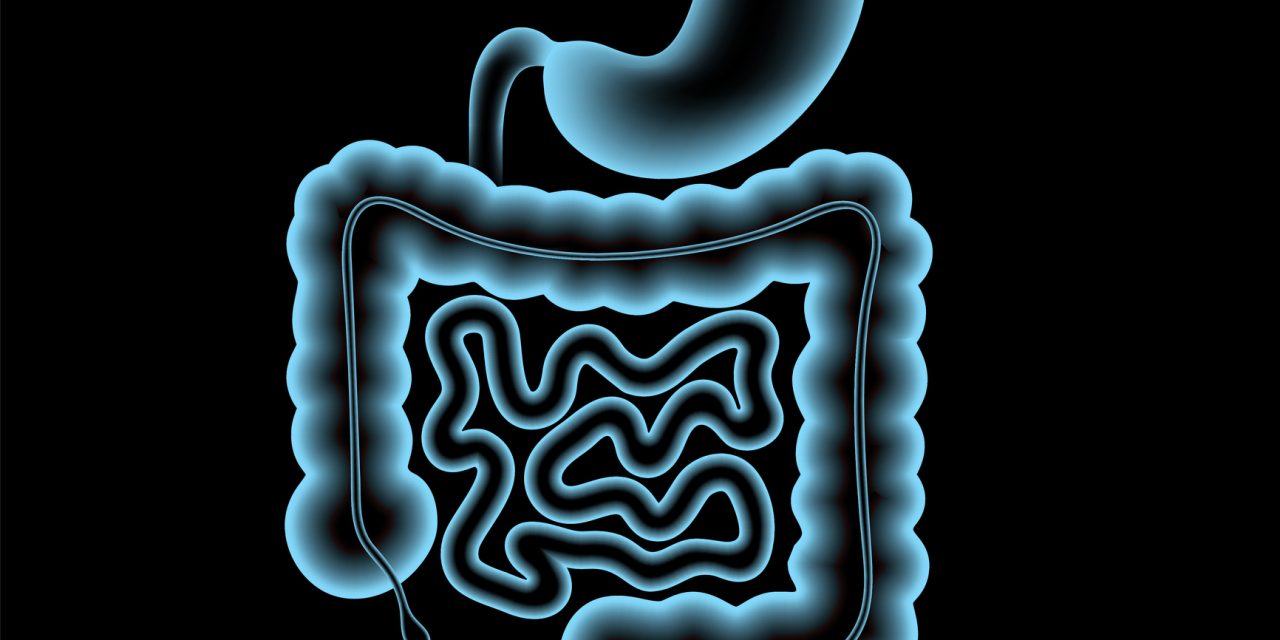Peroral endoscopic myotomy (POEM) is standard treatment for achalasia. Gastroesophageal reflux disease (GERD) after POEM has been an important challenge since the early days of POEM implementation. The esophagogastric junction anti-reflux barrier consists of internal lower esophageal sphincter (LES) (i.e., intrinsic muscles of distal esophagus with sling fibers) and external LES (crural diaphragm and phrenoesophageal ligament anchors the distal esophagus to the crural diaphragm). During conventional POEM, the entire internal LES is unintentionally dissected. Preservation of the sling fiber may reduce post-POEM GERD, but its safety and effectiveness have been unclear. In this study, we investigated the safety and effectiveness of sling fiber preservation POEM (SP-POEM) for reducing severe post-procedural erosive esophagitis.
We analyzed data of 236 patients who underwent POEM; of these, 203 patients underwent posterior myotomy without (Group 1) or with attempted (Group 2) sling fiber preservation. Group 1 (N = 79; sling fiber excision, N = 68) and Group 2 (N = 90; sling fiber preservation, N = 81) were compared. Post-procedural erosive esophagitis (Los Angeles classification) were assessed and the area (direction and length) of mucosal break was also investigated. The gastroesophageal flap valve was evaluated by Hill’s classification.
Severe erosive esophagitis exceeding grade C (Los Angeles classification) occurred in 44.1% of patients (30/68) in Group 1 and in 18.5% of patients (15/81) in Group 2. In mapping of erosive esophagitis, mucosal breaks appeared widely in all directions in Group 1; they tended to be limited in Group 2 (especially in the 2 o’clock direction). Assessment using the Hill’s classification showed that the gastroesophageal flap valve was preserved after SP-POEM.
SP-POEM is safe and effective, with a success rate of 90%. The rate of severe erosive esophagitis can be decreased by preserving sling fibers.
© 2021. The Author(s), under exclusive licence to Springer Science+Business Media, LLC, part of Springer Nature.
Safety and effectiveness of sling fiber preservation POEM to reduce severe post-procedural erosive esophagitis.


